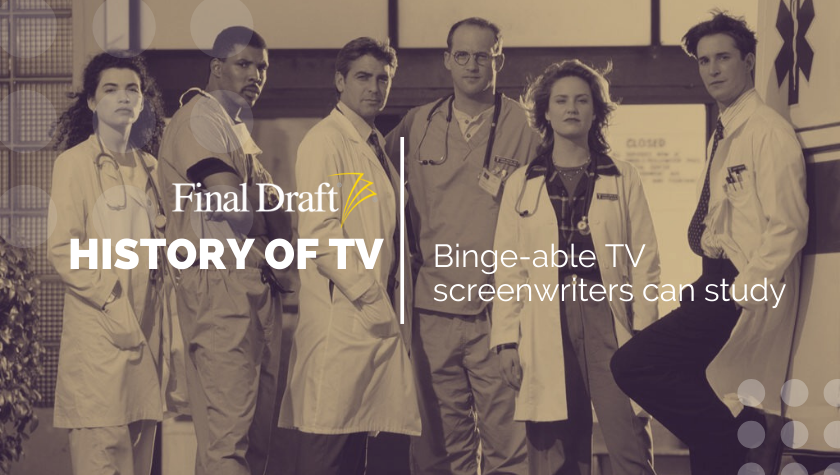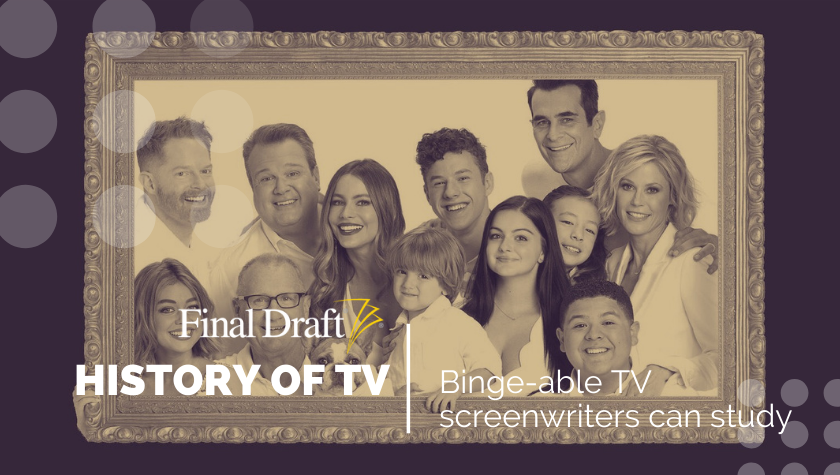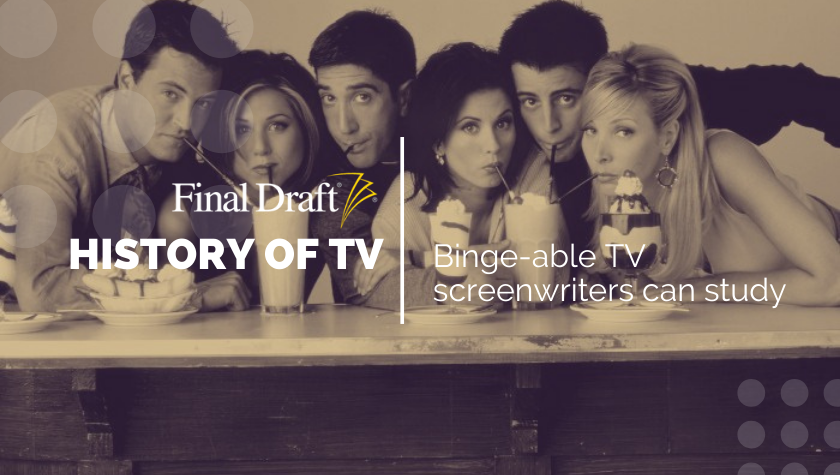History of TV: Dissecting ‘Scrubs’ as a screenwriter
April 22, 2021
Nine seasons of escapades at the fictional Sacred Heart Hospital, where we followed the medical and surgical interns as well as various staff members through personal and professional highs and lows, was the driving force behind Scrubs. The grounded comedy feels timeless for consistently delivering heart along with humor through characters that are still relatable today, and for which it won the Humanitas Prize (awarded to film and television writing that fosters human dignity, meaning and freedom) three times.
The comedy pilot
Comedy is hard to write. You wouldn’t think so — laughs come easily, after all. But writing something funny that’s rooted in real human emotion that viewers can connect to on a regular basis, that’s a skill.
And Scrubs had plenty of heart, introduced to us through our audience surrogate, John Dorian (better known as J.D. and played by Zach Braff), on his very first day at Sacred Heart — the perfect place to start a pilot. While it was his voiceover that guided us, the show introduced us to all of the characters in a way that characterized their personality quirks and made them memorable — especially important in an ensemble cast (more about how to handle ensemble casts and character arcs here). But their characterization also went beyond the superficial and didn’t just play to the laughs. Each character was fully realized with goals, desires, and deep-set wounds that they had to overcome internally, along with the external pressures of being medical interns. It was what made Elliot Reid (Sarah Chalke) so unlikeable and yet empathetic, for example. She was brash and competitive, but it came from a place of vulnerability because she never felt good enough in her family of predominantly male doctors.
Diversity was also woven into the fabric of the show right from the get-go; key for all pilots, not just in comedy. There were characters of varied gender, racial, as well as socioeconomic backgrounds. While there wasn’t a deal made of J.D. and Christopher Turk (Donald Faison) being best friends, their kick-off conversation revolved around J.D.’s appreciation of rap music — and Turk telling him that even though they’re besties, and even though they’re both singing along to the same lyrics, it’s absolutely not okay for J.D. even in that context to use the N-word, to which J.D. responds, “I didn’t know that.” It was quick, delivered with humor, and established a lot of theme, character and groundwork with very little.
That’s what was so great about Scrubs. The exchanges and storylines clipped along at a fast pace that mimicked the even faster pace of medical case turnover at the hospital. You felt thrust into the fray right along with the characters.
Sustainable story engine
There’s something about medical shows. They attract large audiences and tend to stick around longer than most shows on air. Scrubs was no different, lasting an entire decade from 2001 to 2010. While new characters were introduced — sometimes through high-profile guest appearances like that of Courteney Cox and Colin Farrell — the initial main cast carried Scrubs through nearly to completion (many members returning as guest stars in the show's final, ninth season). When the focus shifted from J.D. to new medical intern Lucy Bennett (Kerry Bishé, who took over the role of the narrator), the show's chemistry changed.
What Lucy and J.D. shared was their (initially) naive and fresh way into the crazy world of Sacred Heart Hospital, and their whimsical fantasy sequences in which they daydreamed alternate versions of reality or what could happen as opposed to what does (much like those of Ally McBeal). It set a unique tone for the show, setting it apart from other medical shows, which are largely in the dramatic space.
But why did audiences keep tuning back in? Sure, hospitals have plenty of inherent story engine to keep up a show’s momentum, but I believe it was the cast chemistry (which may be why the show met its demise after the recast in season nine) and the characters' personal lives that made Scrubs successful. Would J.D. and Elliot end up together? How would Turk and Carla (Judy Reyes) survive marriage? Those personal threads created empathy in the audience that also linked the case-of-the-week to create a throughline.
Dialogue
Creator and showrunner Bill Lawrence (Ted Lasso, Cougar Town) set an epic clip of narrative — not so much for season arcs, but rather within each episode — that required dialogue to keep pace with the quick cuts between storylines that mimic the goings-on of the hospital. Lawrence also reportedly encouraged improvised dialogue, which Braff and Neil Flynn, who plays the janitor and J.D.’s archnemesis, took advantage of. This speaks to the realism of the show; that not everything is perfect, and everyone is doing their best with what they’ve got.
While the show can be commended for its witty repartee and diversity that stands the time test, it should be shunned for the sheer number of jokes made at the expense of the LGBTQ+ community. It attempted to rectify this through Turk's character development, but is still cringeworthy.
In retrospect
It’s always fun to break down a pilot and then read the script, which you can find here, to see how things translate from script to screen; a great way to study the craft for any screenwriter. Scrubs, with its 17 Emmy® nominations (including for Outstanding Writing, Directing, Comedy Series, and Lead Actor), is as good a place as any to start for a comedy writer.
You can stream all nine seasons on Amazon Prime.
Written by: Karin Maxey
After seeing her first big screen movie 007: License to Kill at age six, Karin naturally became obsessed with writing action-infused stories. The next time she’d see Benicio del Toro was in person, at the 68th Cannes Film Festival—he was there for the Sicario red carpet, she was there for her first produced short film in the basement of the Palais…same-same. In between, Karin earned a Creative Writing Degree and landed management at Echo Lake Entertainment. Her scripts have been a Big Break Top 3 finalist, HollyShorts Film Fest Official Selection, and a multi-Screencraft competitions semi-finalist. Karin is also a screenplay editor who delights in the process of polishing writers' work for submission. You can find her at www.writergirlkarin.com.



